How to save 10 watts and a lot of money by doing your own real-world aero testing
No wind tunnel, no problem: a quiet stretch of road, a free app and a scientific approach is all you need
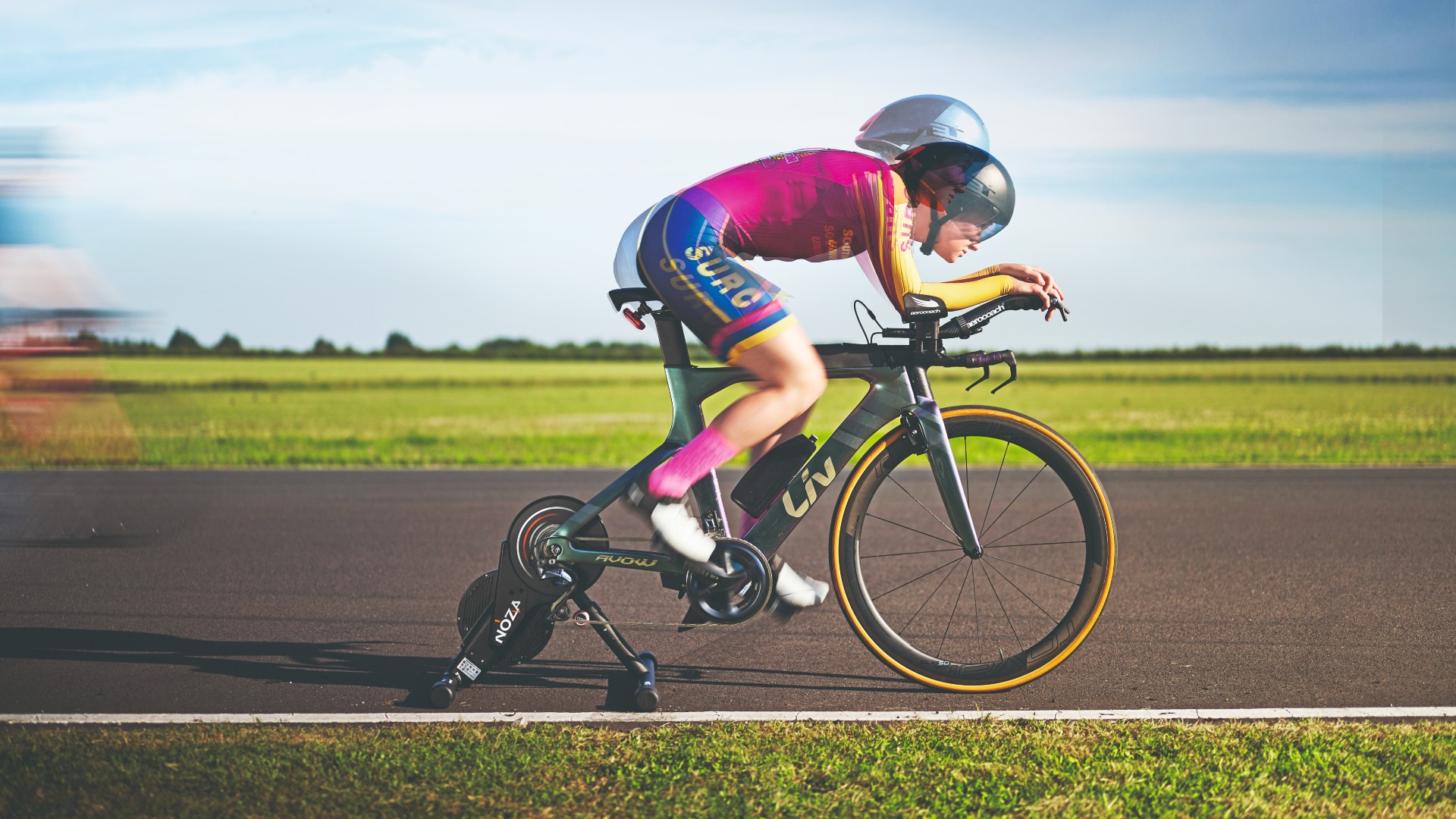
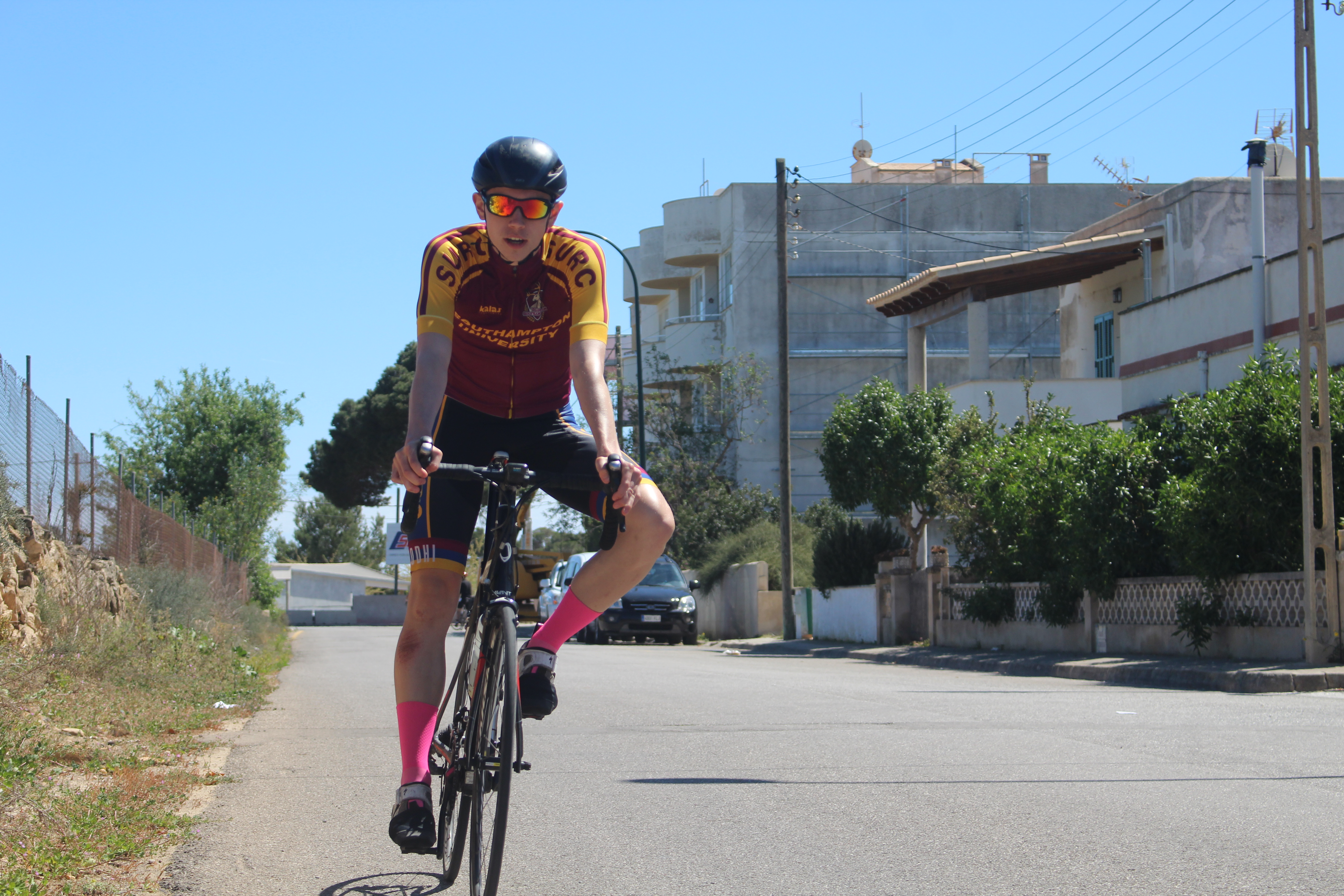
Why slog away on the turbo day after day if you can simply tuck in your head and pull in your shoulders to make just as big an improvement to your speed? OK, so it’s not quite that simple, but anyone with a bike, power meter and smartphone can do it.
To measure your aerodynamic efficiency, you need to work out your drag coefficient (CdA). The ‘Cd’ part refers to your coefficient of drag – basically your slipperiness through the air – while the ‘A’ refers to your frontal area. Multiplied together, these values tell us how much of our energy is being wasted on the wind.
A decent CdA on a road bike is anything under 0.3m^2. However, measuring your CdA accurately requires wind tunnel testing, which for most of us is prohibitively expensive. So how can we improve our CdA by affordable means?
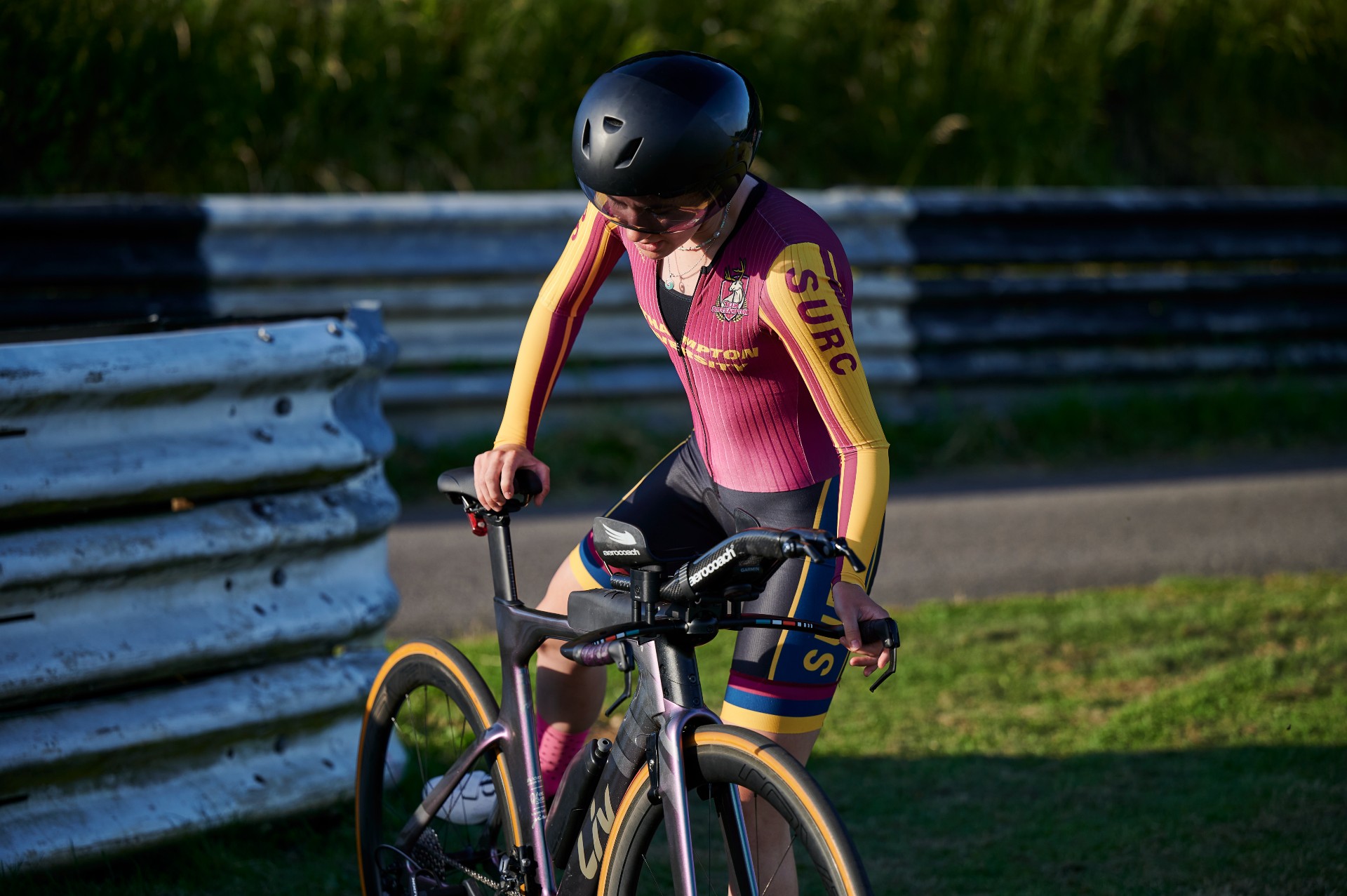
It’s possible to estimate your CdA using basic equipment. First of all, take your bike and a power meter to a smooth stretch of road – ideally your local racing circuit or track, if you have access. Provided you know how much energy you are putting into the system, you can figure out roughly how much of that energy is being lost to air resistance. Though this is significantly less accurate than wind tunnel testing, it’s accessible to practically everyone.
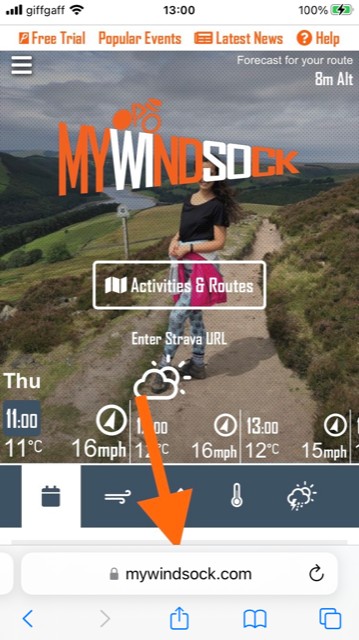
Use an app such BestBikeSplit and myWindsock to estimate the CdA of a rider based on ride data and the conditions of the day, including air pressure, temperature, wind speed and wind direction (sourced from the nearest weather station). Provided conditions remain stable during your testing, there won’t be too many variables skewing your results, so try to pick a settled day and aim to complete multiple runs before the wind changes.
How to measure your CdA
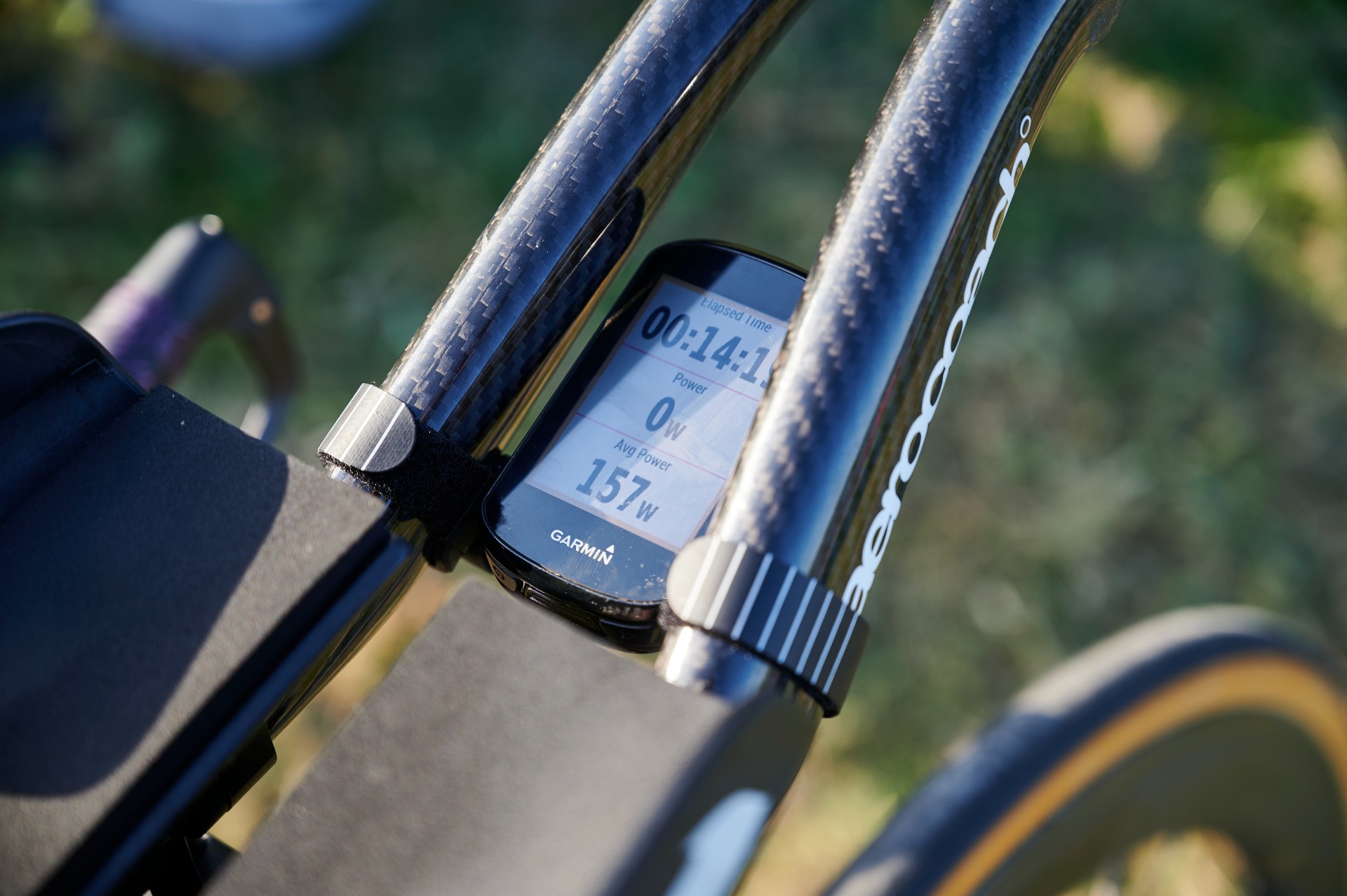
Oddly enough, this is the hardest part. With any science experiment, it’s pretty much pointless if you can’t measure the same value twice. For an aero test, whether you’re in a wind tunnel, in a velodrome or ‘in the field’ (on open roads or a racing circuit) you want to control for as many external factors as you can in order to be able to measure consistently. This means reducing the number of variable road surfaces, making your loop as flat as possible, doing it on a quiet loop with minimal cars - which is why a closed circuit is ideal - minimising any extraneous impact on your speed. As with any science experiment though, you will always have sources of error.
A brilliant method for dealing with experimental error has been devised over the years - repeating your measurements. This allows us to figure out the size of the error in our measurement such that we can see if changes we make have a real impact or if it's just within the margin of error. Repeating a run as much as you have time for is important.
What does the field testing involve?
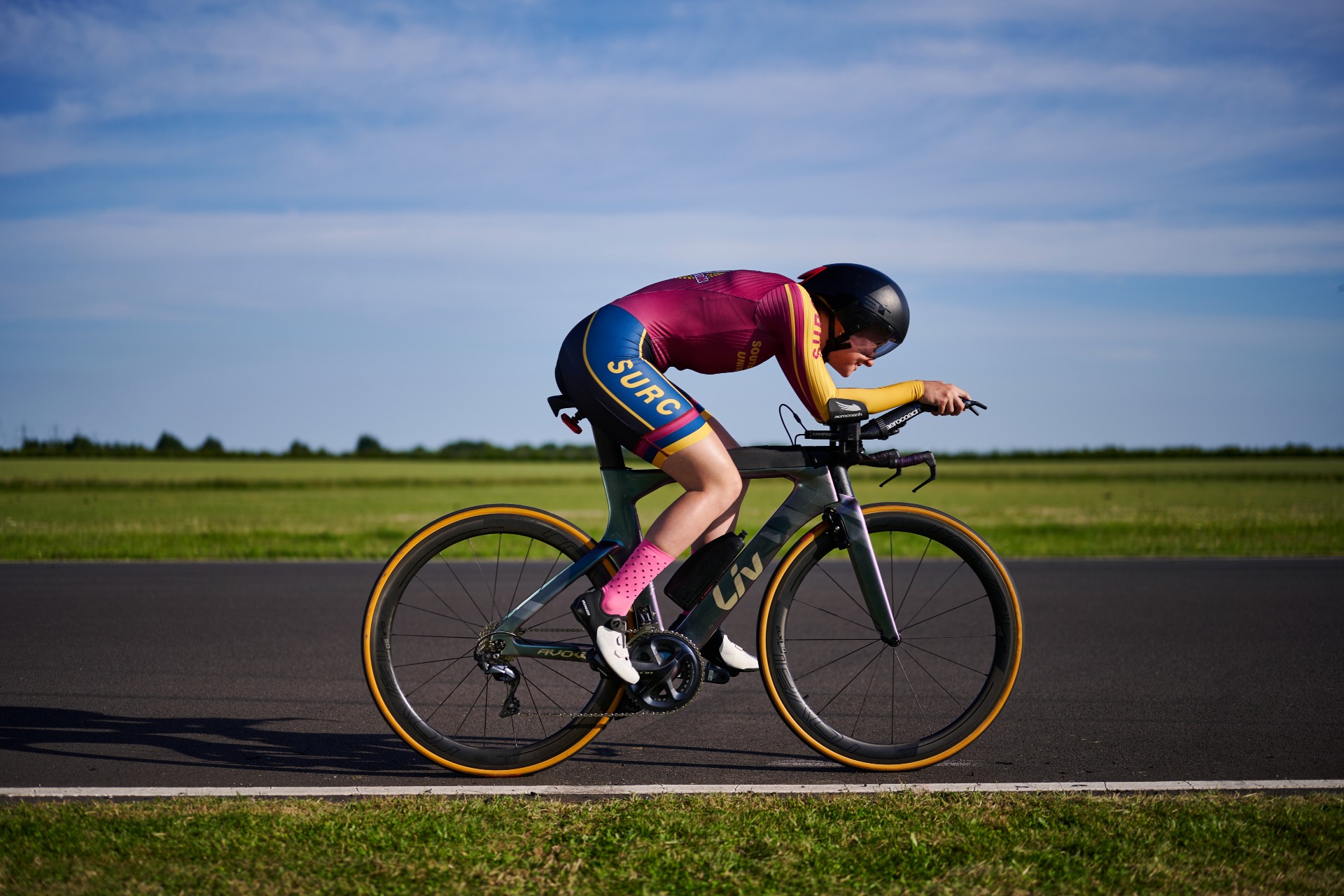
To put the theory to the test, we went down to Castle Combe race circuit with amateur racer Grace Reynolds. The 21-year-old is rebuilding her fitness after sustaining serious injuries in March when she was hit by a car while training near Romsey in Hampshire. Reynolds put herself forward in the hope that aero gains would help fast-track her back up to speed as she prepares for the East DC 12-hour time trial champs on August 21.
We set out to keep the testing procedure as simple as possible: having taken out a free trial of the full version of the MyWindsock app, our first run produced an estimated CdA of 0.220.
Once we have a value for our baseline CdA, we can go about making some changes and seeing what impact these have.
One key is to only make one change at a time such that the effects of two changes are not lost upon each other. For example, if you’re testing hand positions you’ll likely have a baseline position, want to test with the hands up and perhaps want to test the hands narrower. At first, bring the hands up, then put them back down, then bring them narrower - if you want to test a combination of up and narrower then that’ll count as a third option rather than a combination of the two.
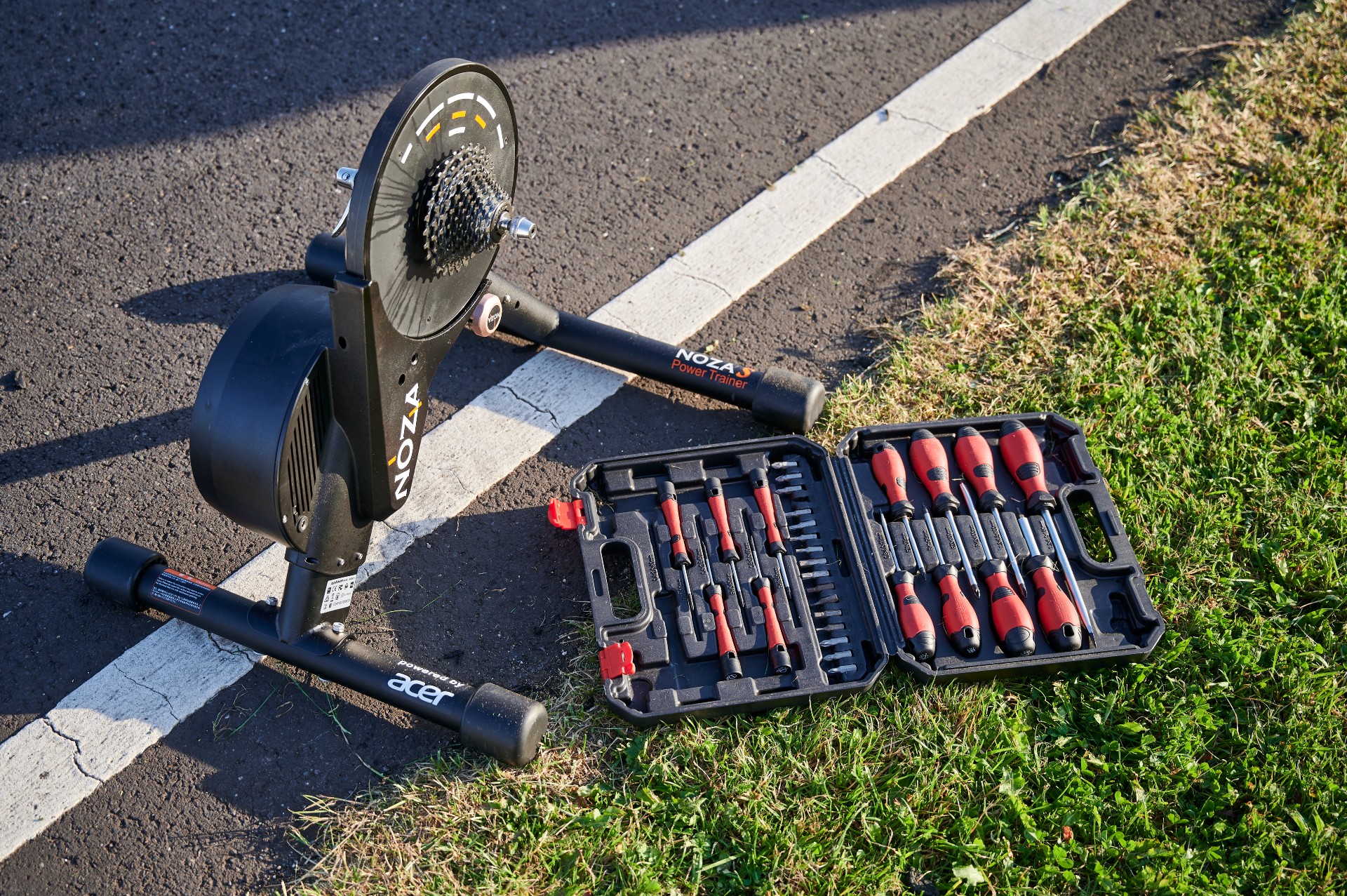
Repeating runs can become quite time consuming. One of the tricks to successful aero testing is knowing roughly what you want to test beforehand and being organised. This includes bringing any relevant kit, tools and a tape measure to check that your position is in the right place and you know the exact dimensions of the changes you make.
With Reynolds’s baseline CdA established, we tweaked her position and did another run – and then repeated this process 12 times in total (four times for each new position). The first positional change involved getting Reynolds to tuck in her head a little lower, and over several runs her new estimated CdA (as an average) was 0.218.
As a further improvement, we shifted her hands up toward her face by moving the clamp around her bike’s base bar by five degrees. The aim was to reduce frontal area, and as an added benefit, many riders find that having higher hands improves comfort too. This led to a further reduction in estimated CdA to 0.209.
The overall improvement, from 0.220 down to 0.209, is equivalent to saving approximately eight watts at 40kph. This represents a 53-58-second gain over 25 miles for Reynolds, equivalent to boosting her power by 4.6%. To gain this much power from training alone would take her at least six weeks, even on her current steep comeback trajectory. Bear in mind too that such a gain from six weeks of training would not be permanent; it would have to be maintained through hard, consistent effort.
Why everyone should aero test
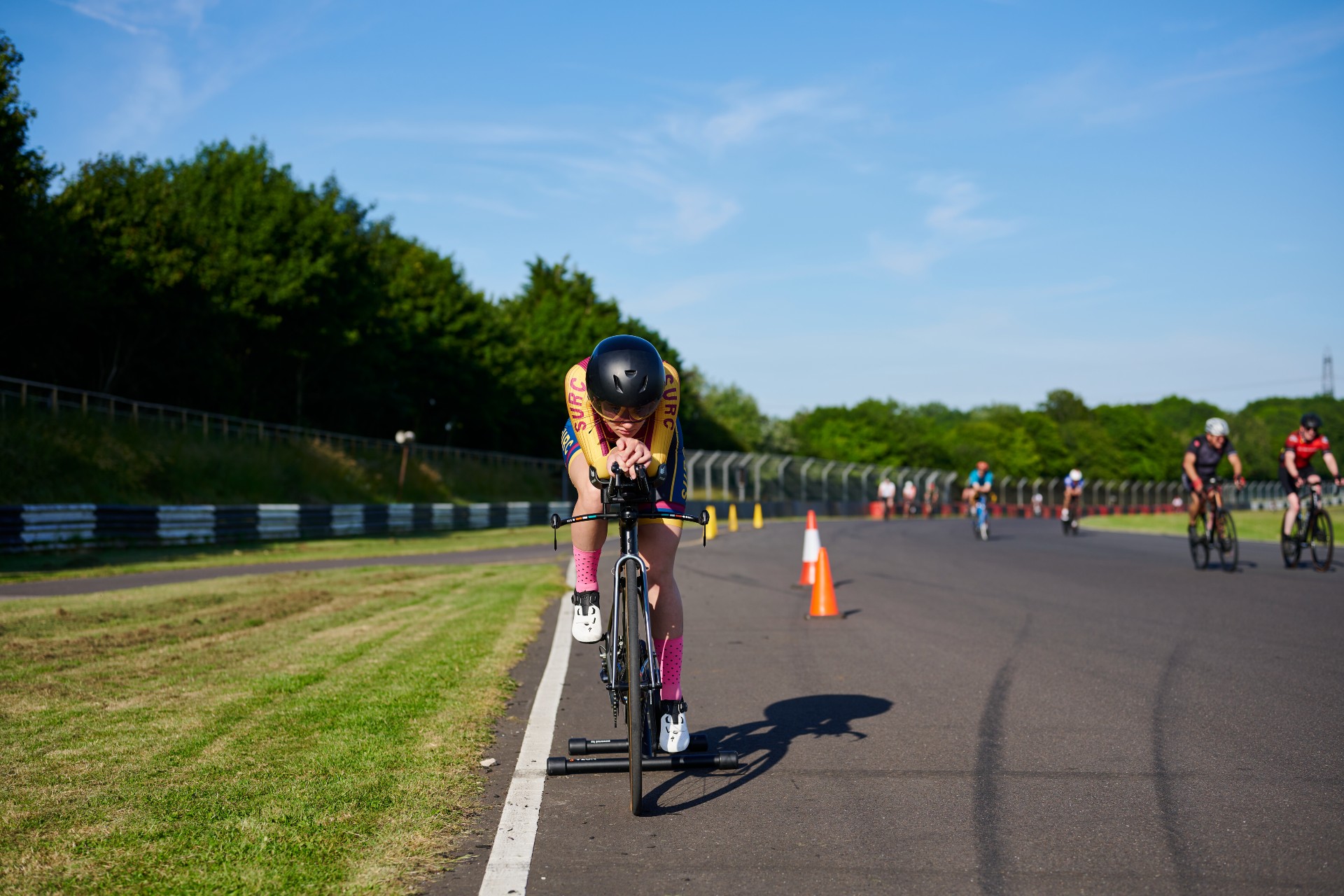
The key takeaway from our testing is that, if you’ve been training for a while and feel like power gains are no longer coming thick or fast, you may be better off targeting your aerodynamics. Reynolds was blown away by how much we achieved from the single test session: “I’d been giving away almost a minute for free!” she said. “For me, still coming back from the crash and not yet back to training fully, this has been a major mental boost too.”
It’s important not to oversimplify. The improvements in position will only benefit Reynolds if she is able to hold that position for the full duration of a race. Her next step would be to focus on holding the new position for prolonged periods during training, and if necessary adding in core and flexibility work to make this possible. Since our testing, Reynolds has completed a 200km training ride in Cornwall at an average speed of 33.2kph – very positive progress!
Aerodynamic testing isn’t just for time triallists. If you tune into any professional road race, you’ll see riders wearing aero socks, skinsuits and aero road helmets, which is a marked change from just a few years ago. A few simple changes to your body position on your road bike can do wonders too, often saving upwards of 10W at 30kph. To put it bluntly, aerodynamics should be a preoccupation for anyone who wants to ride a bike fast, whether that’s in a race, sportive or just trying to win the cafe sprint.
If money is no object, you can go the whole hog and get wind-tunnel tested for about £900 – yes, that’s a lot of cash, but you can expect to save 20-45W and test tiny changes with spot-on precision.
A middle way between the simple outdoor estimating we did and wind tunnel testing is an outdoor velodrome session with a specialist such as AeroCoach. This costs around £400 and many riders save in the region of 15-25W – more than double the amount we saved in our basic testing. You can see why WorldTour teams are willing to spend big.
The future of aero testing
Even more exciting technological solutions may be on the way very soon. Aerosensors are being developed that, in theory at least, will be able to take drag readings directly from a rider’s body. Currently the market leader is Notio. Another system, being developed by a start-up called Body Rocket, is attracting praise from aero boffins including CW’s own Michael Hutchinson. “The thing that is interesting to me,” Dr Hutch said, “is that, because it’s only measuring the rider, you immediately factor-out all of the things that make aero testing in the real world difficult.”
These sensors are likely to cost big bucks, but even so, they will inevitably be a cheaper option than wind tunnel testing Chris Hoy and Alex Dowsett are among the early investors – a positive sign if ever there was one. If these systems work, assessing our aero efficiency could become a simple test that we incorporate into our weekly training schedules, and the potential for major performance gains barely needs spelling out. Imagine being able to read your real-time CdA from your Garmin head unit – these are exciting times.

Thank you for reading 20 articles this month* Join now for unlimited access
Enjoy your first month for just £1 / $1 / €1
*Read 5 free articles per month without a subscription

Join now for unlimited access
Try first month for just £1 / $1 / €1
Get The Leadout Newsletter
The latest race content, interviews, features, reviews and expert buying guides, direct to your inbox!

Tom Epton is a freelance writer and data scientist. Originally training as a scientist after completing his studies in physics he realised that cycling was what he wanted to spend his life thinking about. Now he works with manufacturers, athletes and teams using cutting edge data science methods to find performance gains. Tom writes primarily about sport-science and tech!
-
 Gear up for your best summer of riding – Balfe's Bikes has up to 54% off Bontrager shoes, helmets, lights and much more
Gear up for your best summer of riding – Balfe's Bikes has up to 54% off Bontrager shoes, helmets, lights and much moreSupported It's not just Bontrager, Balfe's has a huge selection of discounted kit from the best cycling brands including Trek, Specialized, Giant and Castelli all with big reductions
By Paul Brett
-
 7-Eleven returns to the peloton for one day only at Liège-Bastogne-Liège
7-Eleven returns to the peloton for one day only at Liège-Bastogne-LiègeUno-X Mobility to rebrand as 7-Eleven for Sunday's Monument to pay tribute to iconic American team from the 1980s
By Tom Thewlis
-
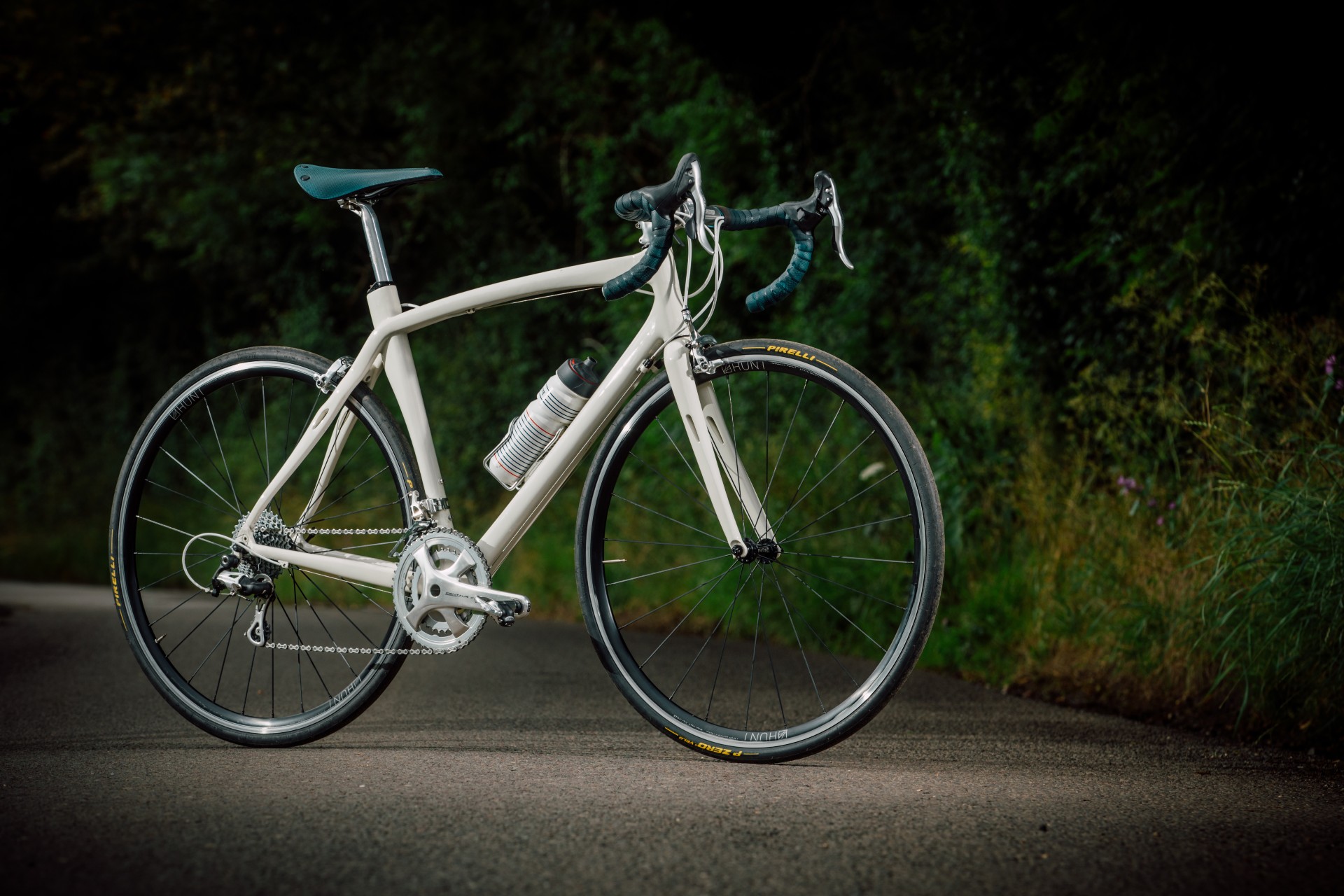 Five cost-effective upgrades to make a second-hand bike feel like new again
Five cost-effective upgrades to make a second-hand bike feel like new againWe run you through the most cost-effective ways to get a 'brand new' feeling from a second hand bike
By Stefan Abram
-
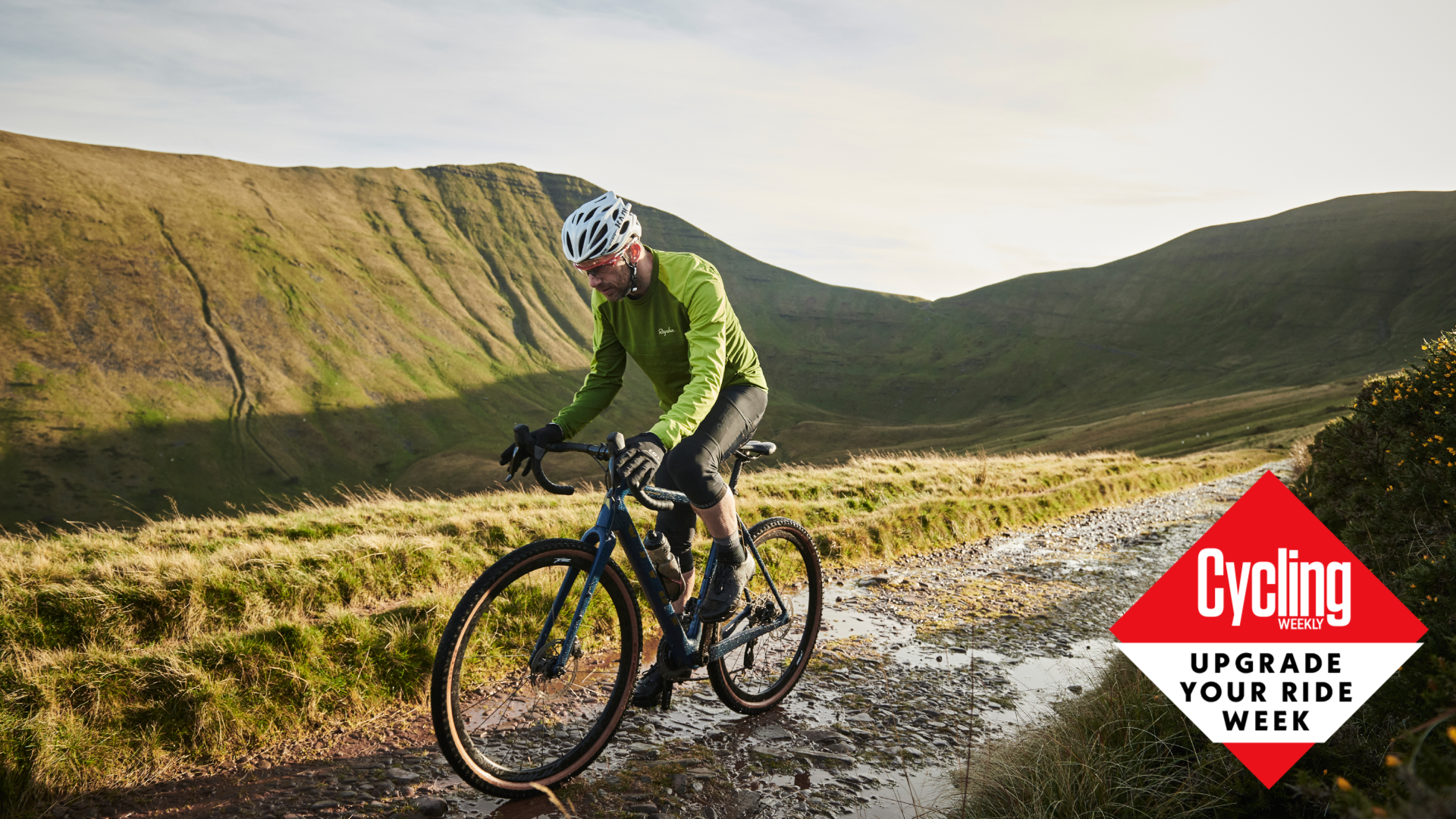 Five simple upgrades to get the best out of your gravel bike
Five simple upgrades to get the best out of your gravel bikeHere's how to to push your bike further – and go faster off-road
By Stefan Abram
-
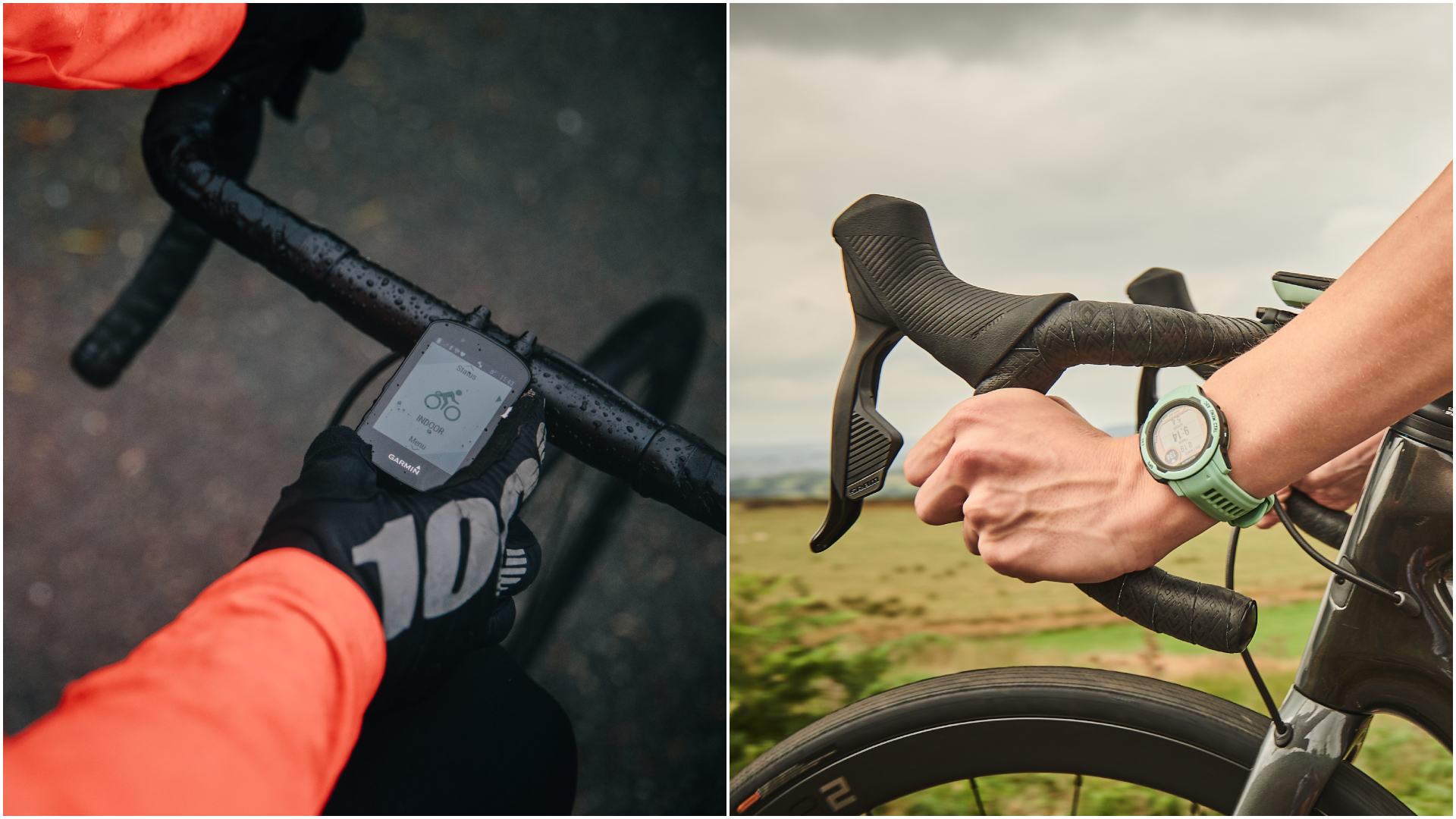 Smartwatch versus cycling computer: which is best for cyclists?
Smartwatch versus cycling computer: which is best for cyclists?Is mapping most important to you? Or would you get more out of 24/7 health monitoring? - we take you through all the pros and cons of wearables versus bike-mounted devices
By Luke Friend
-
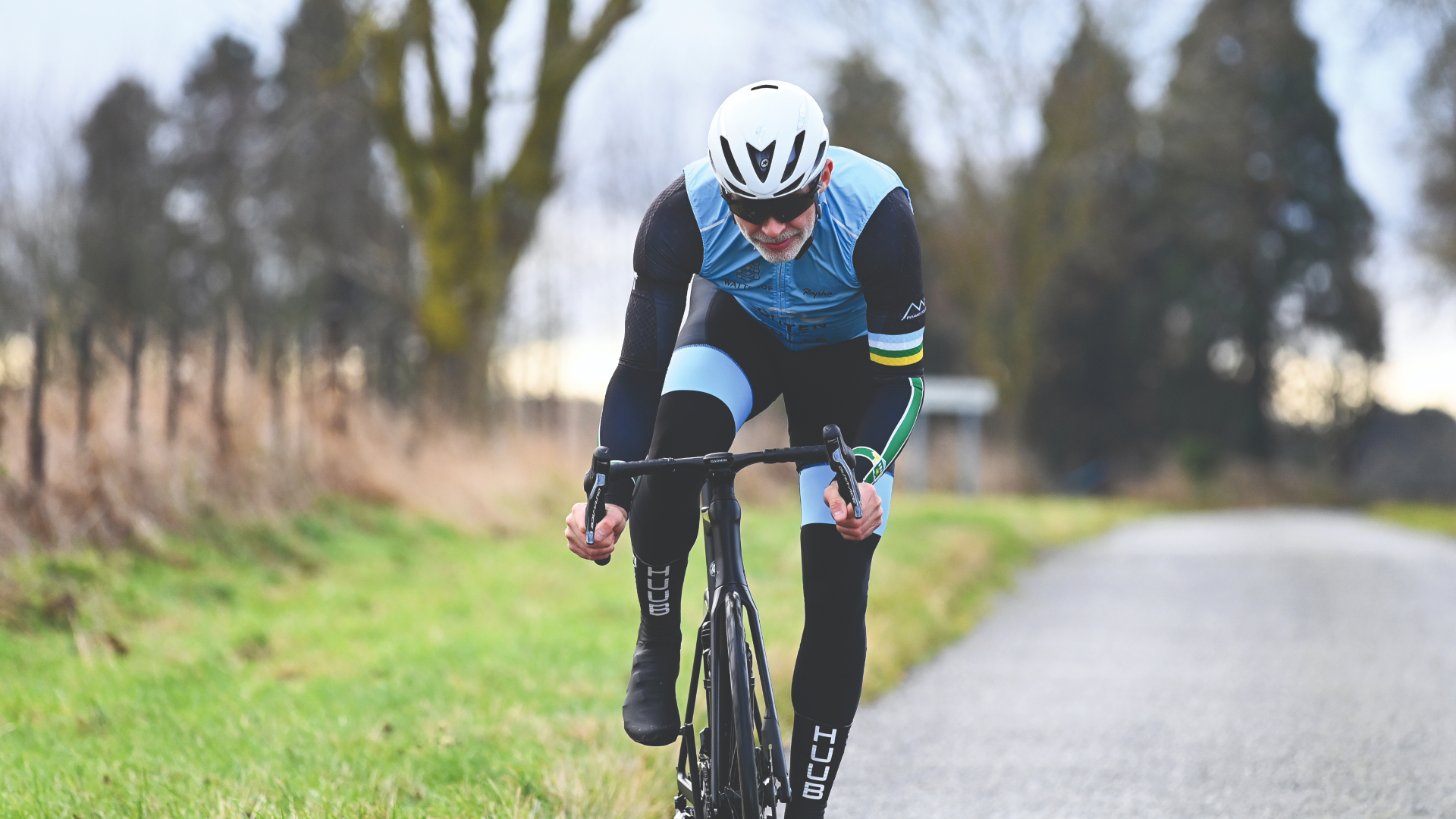 Help the environment; save some money – here's how to make your cycling kit last longer
Help the environment; save some money – here's how to make your cycling kit last longerSurprisingly easy ways to keep your bike gear going and going
By Hannah Bussey
-
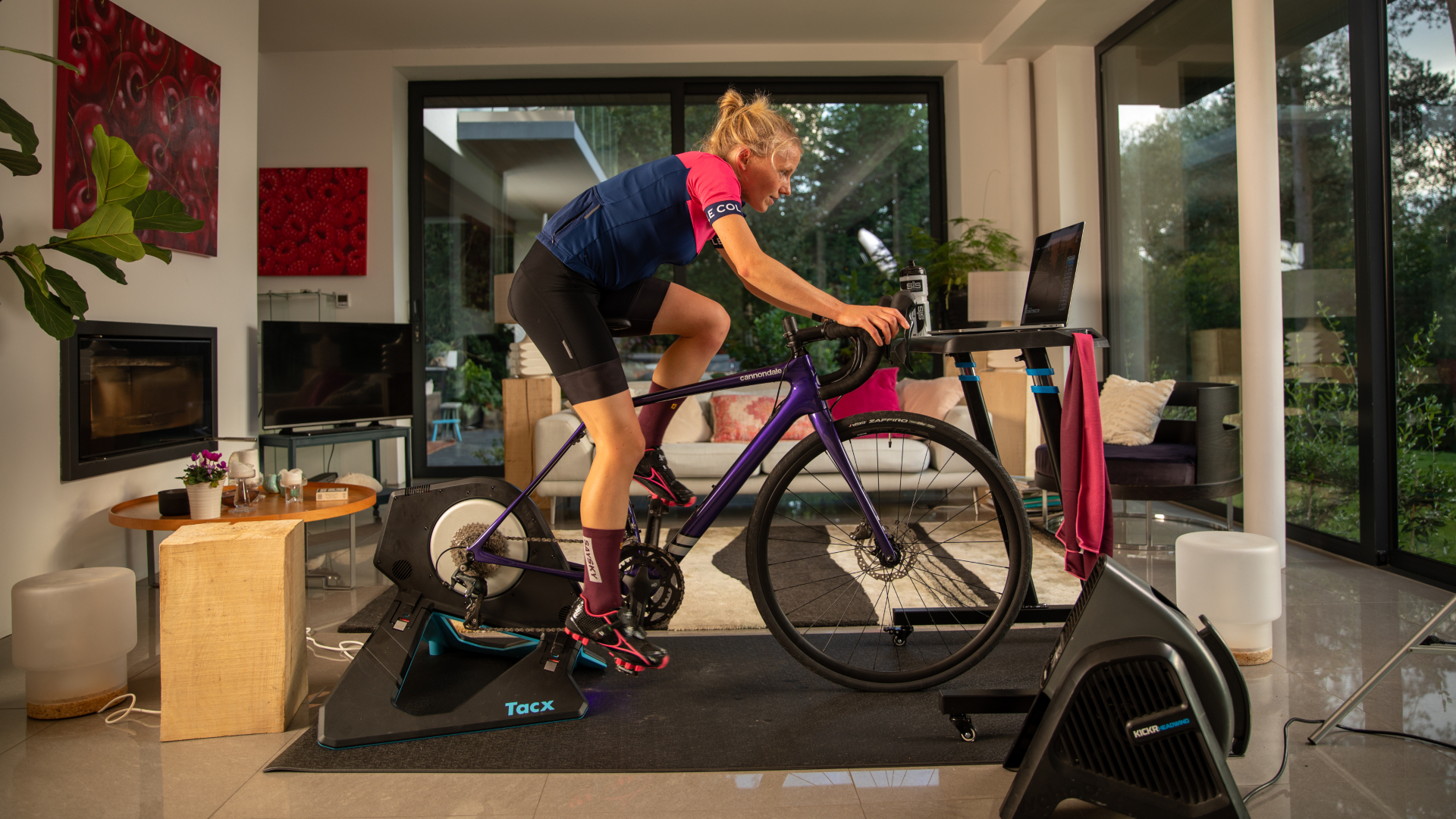 Cheap versus expensive turbos trainers: are you paying four figures for features you don’t need?
Cheap versus expensive turbos trainers: are you paying four figures for features you don’t need?Today's turbo trainers are available at a myriad of price points but what are the differences between entry level and top-tier units? We take a look at the details and their impact on the experience of riding indoors
By Luke Friend
-
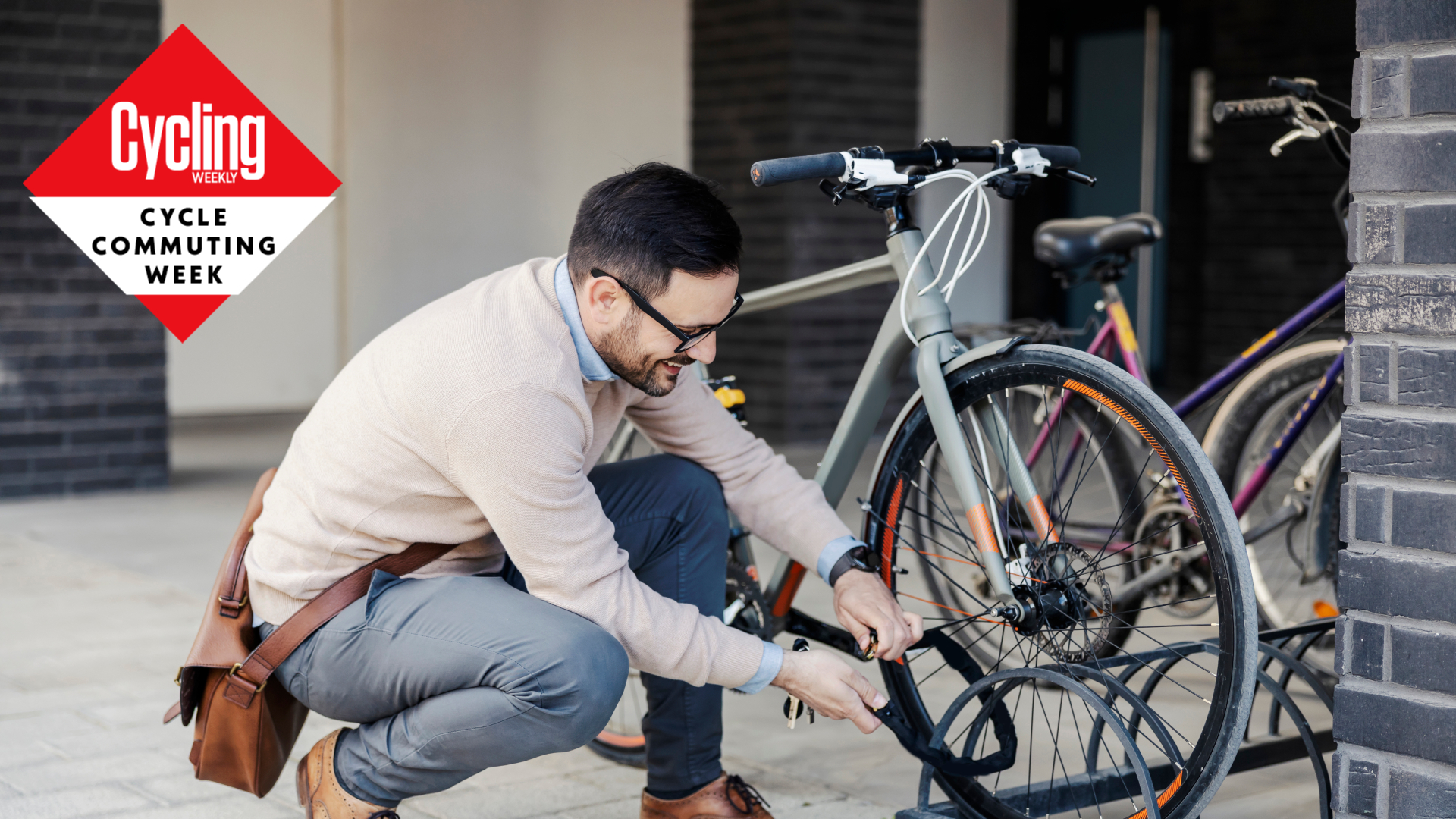 Not all bike locks are created equal, so just how much do you need to spend to protect your bike?
Not all bike locks are created equal, so just how much do you need to spend to protect your bike?Commuting to work requires a bike lock to keep your steed safe, but what are the differences between 'cheap' and 'expensive' locks?
By Luke Friend
-
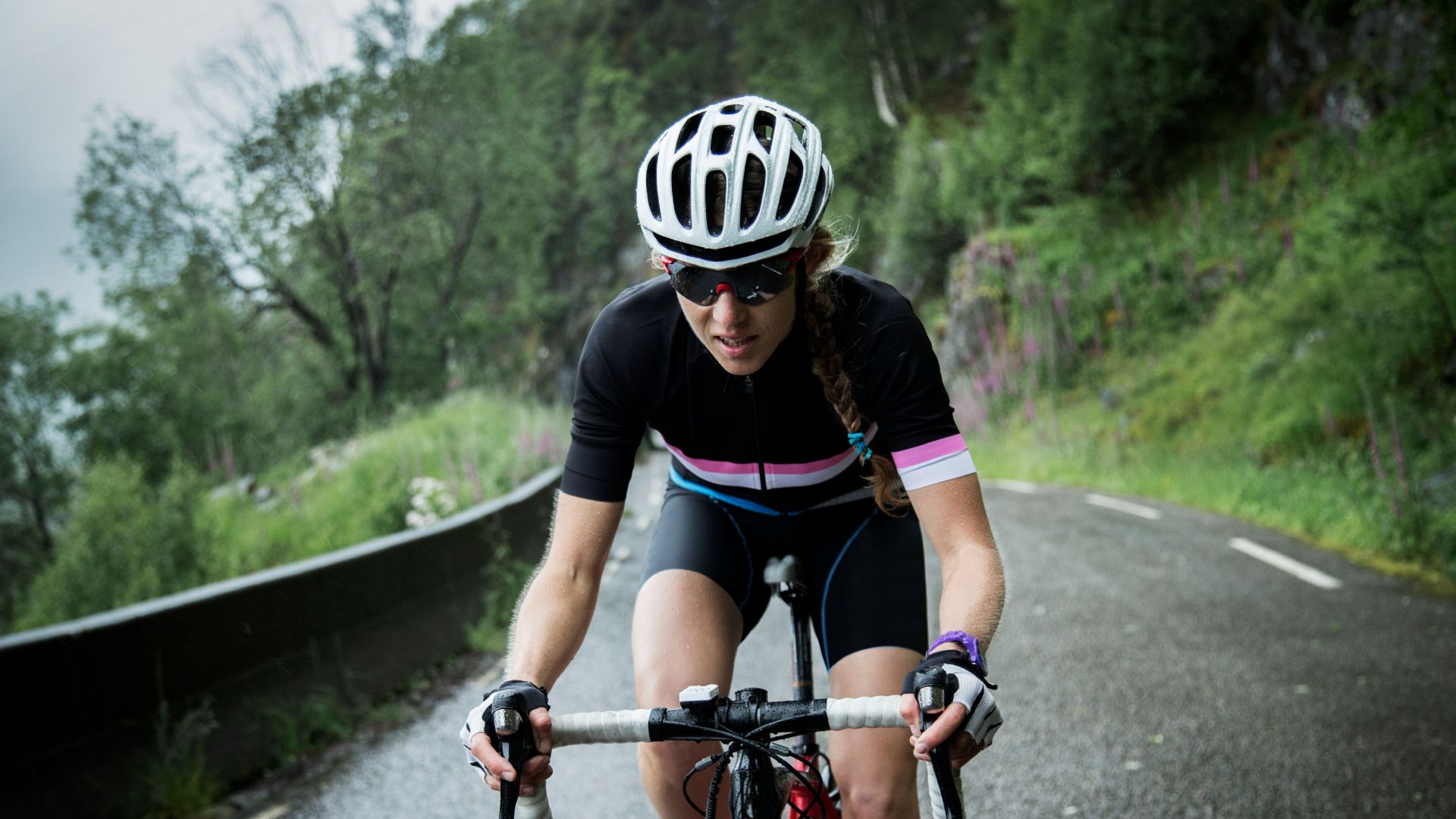 Can cheap road helmets match up to more expensive lids? We look at the key differences
Can cheap road helmets match up to more expensive lids? We look at the key differencesA helmet is a vital piece of cycling kit, providing crucial protection for your head - but how do budget and premium models compare?
By Luke Friend
-
 How do cheap sunglasses stack up against those rocking three-figure price tags? We explain the key differences
How do cheap sunglasses stack up against those rocking three-figure price tags? We explain the key differencesNot only does a set of cycling sunglasses shade your eyes, they provide a mini shield against bugs and debris. Many cyclists won't go out without them – but are expensive models really any better?
By Luke Friend